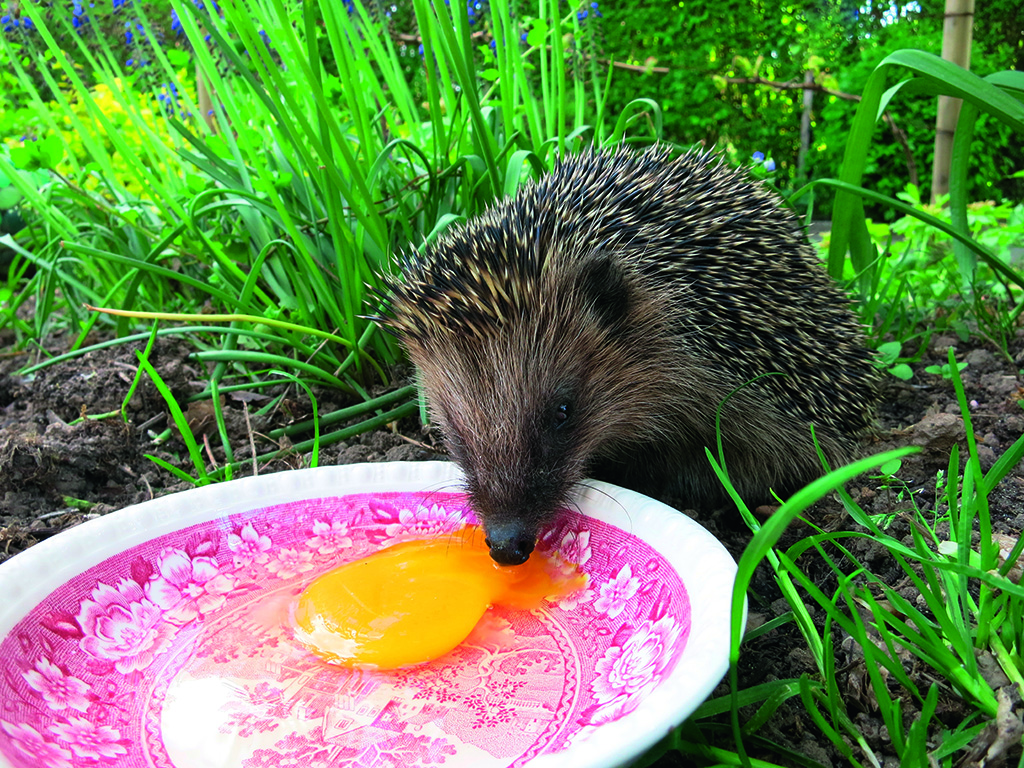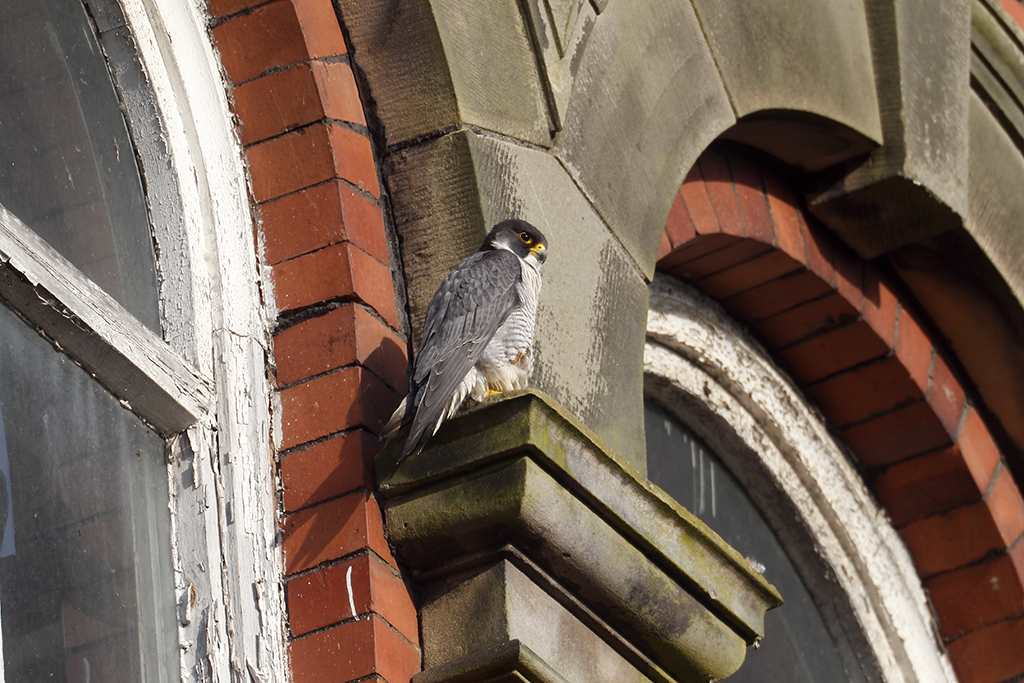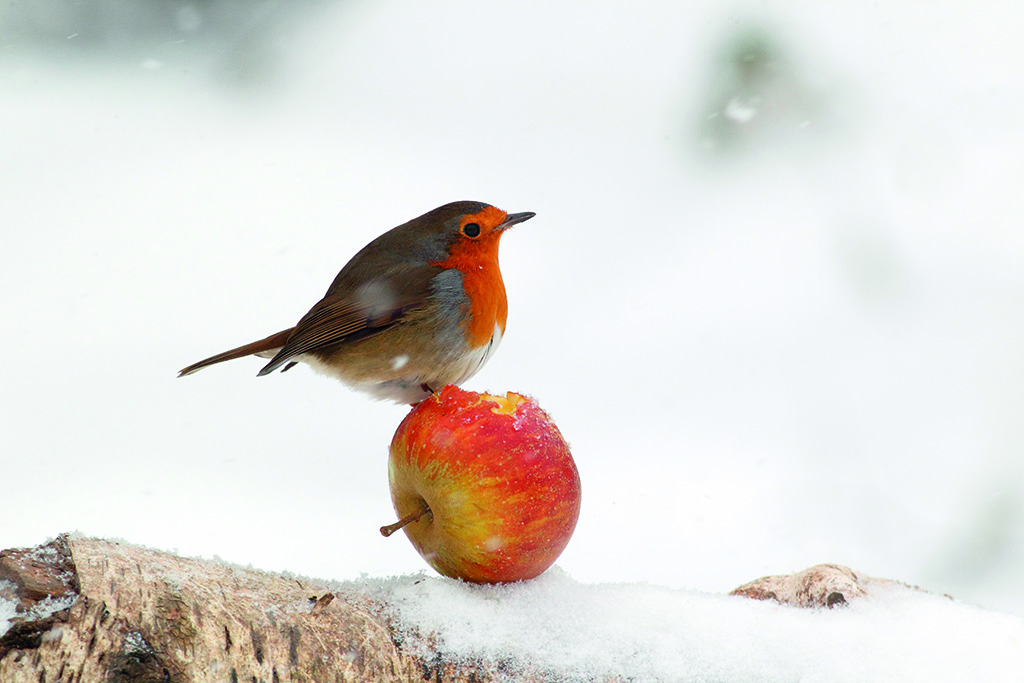
How our wildlife can reclaim the landscape
On a recent visit to London, I was blown away by the wildlife I spotted in parks and gardens.
It was prolific – even more so, it felt, than at home in Perthshire. These urban green spaces have become vital for wildlife struggling to exist as boundaries between town and country become increasingly vague. It inspired me to explore similar situations in Scotland, keen to find out how fauna and flora is coping in the urban environment here.
I soon discovered that in the midst of the mayhem of industrialisation and development there are some surprising oases that are being colonised by an astonishing wealth of species.
At the 2013 Wigtown Book Festival, for example, as the audience exited the County Buildings after an author event, many of us looked up and saw an extremely content peregrine perched next to the tower.The local pigeons were giving it a wide berth but its crop was already bulging. It drew a big audience, though perhaps not quite as large as that of another fair bird, Joanna Lumley, in the adjacent marquee.
It’s not unusual to see peregrines about town, and Wigtown, which is surrounded by glorious wildlife habitat, is a great place to spot them.
But towns in general attract such birds because they provide great food sources – not least the ubiquitous pigeon – and plenty of safe roost sites. Parks, gardens and graveyards account for a third of the green space in urban areas. And it’s heartening to discover that more such spaces are being created, particularly in areas that have been laid waste by industrialisation and abandoned.
Some species of bird, such as the chaffinch, once found only in woods and farmland, have adapted well to living alongside us. We love the birds in our gardens, and spend a fortune feeding them – a valuable lifeline, since they have lost such a huge part of their natural habitat.

Hedgehog numbers are in decline
Hedgehogs too benefit enormously from gardens and will often be lured in by a nightly feed. But this much-loved mammal is in dire straits: habitat fragmentation and busy roads have led to a massive drop in its numbers. There could be as few as a million hedgehogs left – a frightening crash from an estimated 36 million during the 1950s.
Foxes, in contrast, are less welcome, a result of unfounded fears of their ferocity and the threat they pose to public safety. Thousands of people are admitted to hospital each year following dog attacks, compared to few or no records of fox incidents. It’s ironic that we complain about foxes, given that they only venture into urban areas because they are attracted by the mountains of rubbish we leave.
Even though the Environmental Protection Act of 1990 makes it an offence to drop litter of any kind (there is currently a fixed penalty of £80 with failure to pay incurring a fine of up to £2,500), I have seldom read of any prosecutions. Fly tipping incurs a fine of £200 with default on payment costing £40,000 or a spell in prison, but again it does not appear to be enforced. Why not? The money raised could be ploughed back into helping create more green space in the urban environment.
Bats are just as unpopular as foxes. I receive many calls each summer from people worried about bats. They regale me with sagas of aliens in the attic, the threat of electric cables being chewed, and damp material being brought into the house by the new incumbents. But bats, unlike mice, have no penchant for being hot-wired, and neither do they bring in nest material. The idea of having them entangled in one’s hair is yet another groundless fear.
We still have a long way to go to understand the wildlife we have ousted from elsewhere. Despite this, many urban communities are striving to raise aware ness to the importance of including wildlife in our daily lives.

A city-dwelling peregrine looks out for its next meal
One example of this has been the transformation of an abandoned sewage works in Barrhead in Renfrewshire into a spectacular garden not only for community use but also for the benefit of the local wildlife. It is wonderful to think of a massive sewage tank becoming a giant wild flower planter. The Barrhead venture won a Grow Wild Award, and has been a flagship enterprise to inspire other community groups to endeavour to reclaim similar places.
Close to the smoking chimneys of Grange mouth oil refinery, in ten acres of industrial wasteland, another astonishing wildlife site has been created.
The Scottish Wildlife Trust’s Jupiter Urban Wildlife Reserve is a superb example of how a valuable green space can be created, and benefits reaped for both humans and wildlife. With ponds, wildflower meadows and hundreds of trees, it has become a haven for butterflies, birds, bats and amphibians. Supported since its inception by Syngenta and ChalaChem, Jupiter is one of the finest examples of the rewards of working with, rather than against, nature.
As bings – the bare spoil heaps left from the mining industry across central Scotland – are colonised by plants, they have begun to prove their worth for distinctive types of fauna and flora too. Rare grasses, mosses and orchids have all been found thriving on them. The Fallin Bing project, working closely with Buglife, the invertebrate conservation trust, proves the importance of the bing as a natural habitat that can benefit the entire community.

Robins have thrived by making use of our gardens
Volunteers at the Stirling site have been creating areas for bees and other insects, and clearing scrub to open up the ground for wildflowers.
The Murton Nature Reserve, brainchild of the late Caroline Hill, is another success story. When quarrying ceased on an 80-acre site on their land near Forfar, rather than selling the barren ground, she and her husband Michael founded a trust in 2001 to create a centre for environmental education for children.
Murton is now a glorious wetland, home to a burgeoning collection of fauna and flora. It also has one of the largest sand martin colonies in Scotland. The return of these birds is eagerly awaited each April, and proves that both in the urban environment and where man has inflicted great wounds on the landscape, hope remains. Nature can, and will, return.
To find out more about visiting these wonderful green spaces, visit www.murtonwildife.org.uk www.scottishwildlifetrust.org.uk or www.greenspacescotland.org.uk
TAGS

